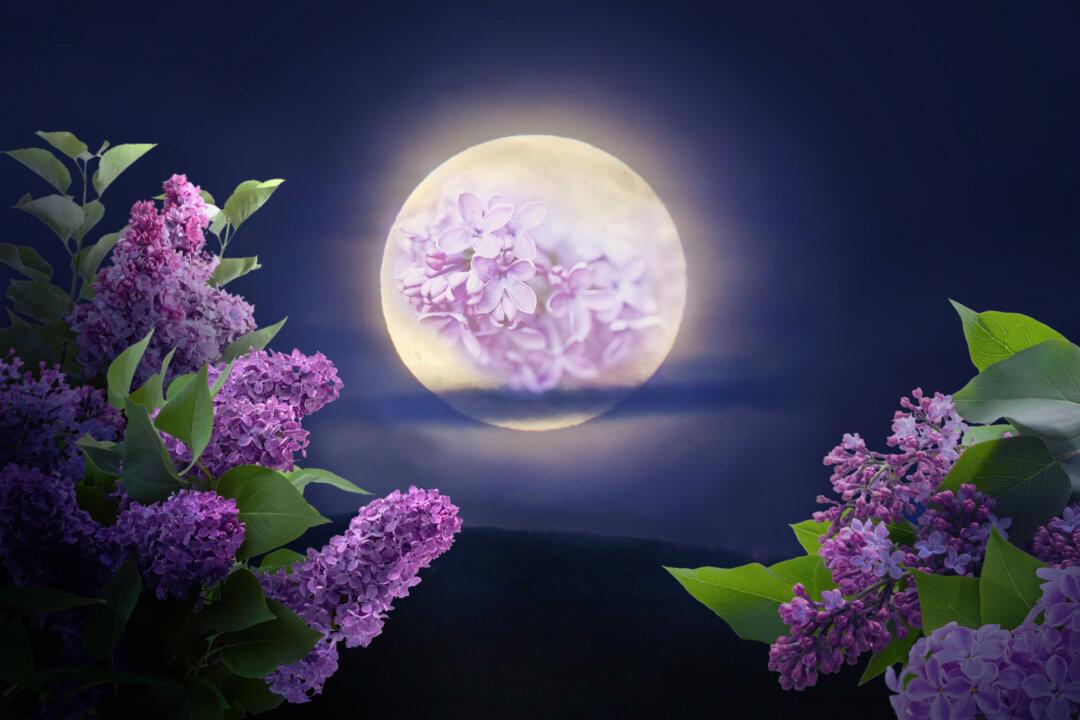As full moons go, the month of June’s is predicted to look extraordinary: Astronomers say a honey-hued “Strawberry” full moon will loom large and extra-low on the horizon shortly after summer comes—just hours past the year’s longest day, the solstice.
On June 21, the day after the solstice on June 20, the Strawberry Moon will fall. Strawberry Moons don’t always fall in summer (they can occur in spring if preceding the solstice). But this one will.
For many reasons, it will be a Strawberry Moon the likes of which we have not seen in years. Here’s what we mean, and a few moon facts.
There are wonders about this moon:
Why is it called “Strawberry?” Why will it be honey-hued and not strawberry-pink? Why so large and low as this? How will the solstice affect the full moon?
A ripe red moon is what you would expect, given its name. But no. The Strawberry Moon is just a name for June’s full moon, after the berries that bloom this month. Full stop. It has nothing to do with shape, size, appearance, or color.
The name was used by Native American Algonquin, Ojibew, Dakota, and Lakota tribes in the United States to mark the summer fruit of its namesake, strawberries, ripening in June. The Haida people used a similar term, Berries Ripen Moon.
And there are many other names for it, given by Native and Colonial Americans and Europeans. A lot have to do with berries and blooming and summer things, as expected.

As for the honey hue, we are expecting the Strawberry Moon to fall in a peculiar time and place. The orangey-yellow color relates to the atmosphere and astronomy, as the full moon will linger near the horizon.
So, this year when we have the solstice so close to the Strawberry Moon (just a day apart), the moon will be ever so near its lowest line in the heavens, which means when at its zenith it will barely break the horizon. If at all.
In more southerly places, though, it will be visible but hover low, giving rise to some special phenomena, imbuing it with color and abnormal-seeming size. This is the “moon illusion.”

Earth’s atmosphere acts as a filter, blocking out blue light, and so the moon might seem honey-hued when hovering near the horizon, astronomers state; sunlight is tinged yellow or rust, passing through our atmosphere before hitting the moon, giving it a golden glow.
Meanwhile, being so near the horizon, the Strawberry Moon is likely to loom larger. Or seem to. That, explained by the moon illusion, is because of a simple optical trick. Its appearance close to terrestrial objects such as buildings or trees, has a psychological effect that makes the moon feel larger.
So, the solstice will make this Strawberry Moon extraordinary, the lowest we’ve seen in years.
For those in the Northern Hemisphere, that is.
But for many north of latitude zero who will witness June’s full moon—painted spectacularly by our horizon, looking extra-large—the Strawberry Moon will be a study in the age-old question:
How low can it go?








